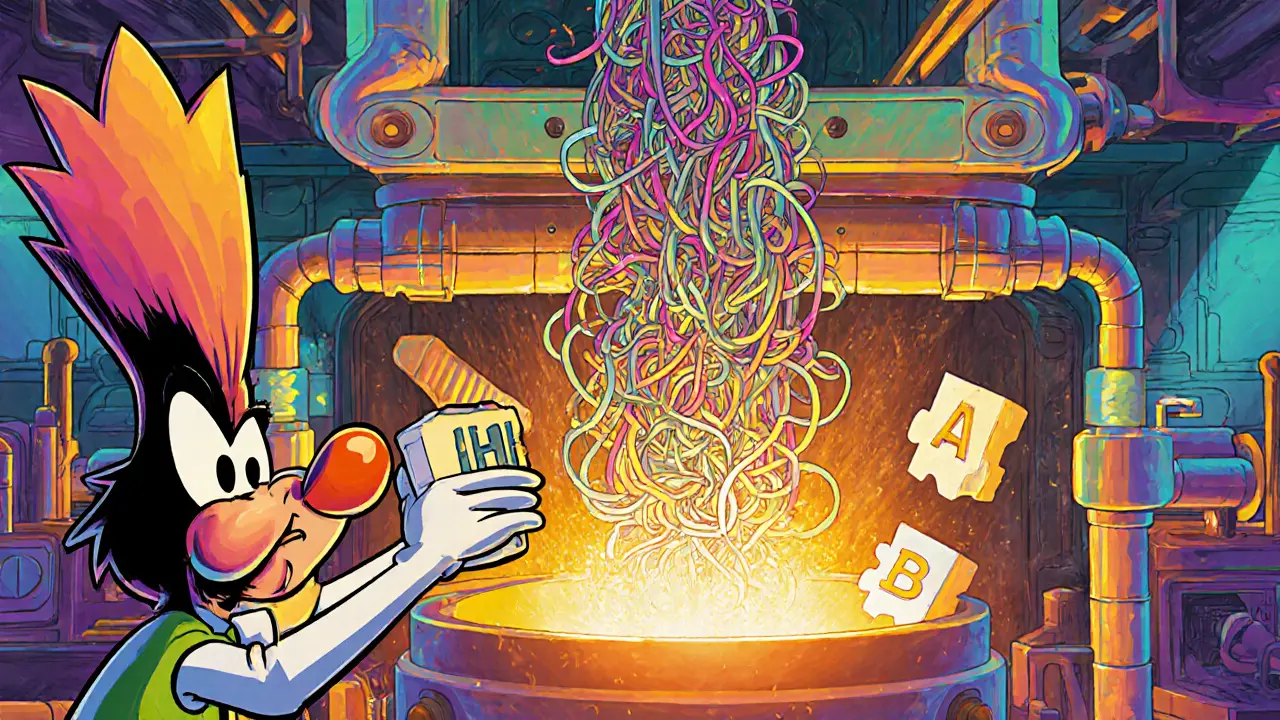Equihash Mining and Crypto Insights
Equihash, a memory‑hard proof‑of‑work algorithm that powers privacy‑focused and ASIC‑resistant blockchains. Also known as EQH, it demands large amounts of RAM, making it tough for specialized ASIC chips to dominate the network. In plain terms, Equihash flips the usual mining game: instead of racing for raw hash power, miners need enough memory to store and process a huge data set called a DAG. This design choice creates a built‑in level‑playing field for GPU rigs and keeps the network decentralized. The algorithm also ties directly to security – the more memory a miner must handle, the harder it is to launch a 51 % attack without massive hardware investment. Because of these traits, Equihash has become the go‑to PoW for projects that value privacy and want to stay ASIC‑resistant. Understanding how the algorithm works helps you decide whether a GPU mining setup is worth your time or if you should look elsewhere for profit opportunities.
Why Equihash Powers Key Coins
Two of the most talked‑about projects using this algorithm are Zcash, a privacy‑preserving cryptocurrency that hides sender, receiver, and amount on the blockchain and Bitcoin Gold, a fork of Bitcoin that switched to Equihash to democratize mining. Both coins rely on Equihash to provide a secure, memory‑intensive proof‑of‑work that discourages ASIC domination. Zcash uses the algorithm to protect shielded transactions, while Bitcoin Gold adopted it to bring mining back to ordinary users with GPU rigs. The result is a healthier hash rate distribution and a more resilient network. For miners, this means you can use a decent graphics card and still compete, especially when you join a mining pool that aggregates hash power. The synergy between the algorithm and these coins also sparks a lively ecosystem of tools, calculators, and community guides – all aimed at making GPU mining as smooth as possible.
From a practical standpoint, setting up a GPU mining, the process of using graphics cards to solve Equihash’s memory‑hard puzzles rig involves choosing the right card, configuring drivers, and selecting a mining software that supports the algorithm. Popular options include EWBF’s miner and lolMiner, both of which let you tweak intensity and memory usage for optimal performance. Once you’re up and running, keep an eye on power costs, pool fees, and the latest network difficulty – they shift frequently and can swing your profit margin. Many of the articles on this page dive into compliance tips for restricted countries, airdrop opportunities, and exchange reviews, all of which intersect with Equihash‑based coins. By the time you finish reading, you’ll have a clear picture of why Equihash matters, which coins lean on it, and how to get the most out of a GPU mining operation. Below, you’ll find a curated list of guides, news, and deep dives that will help you turn that understanding into actionable moves.

